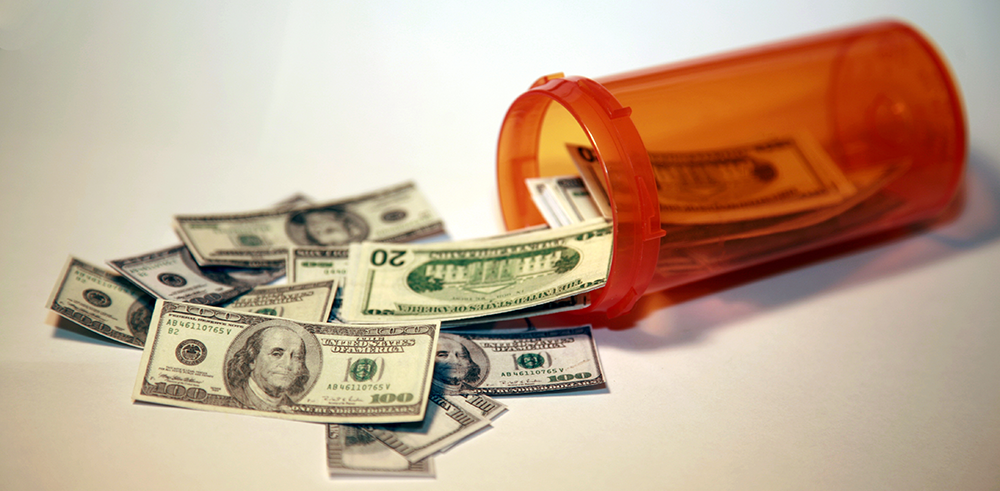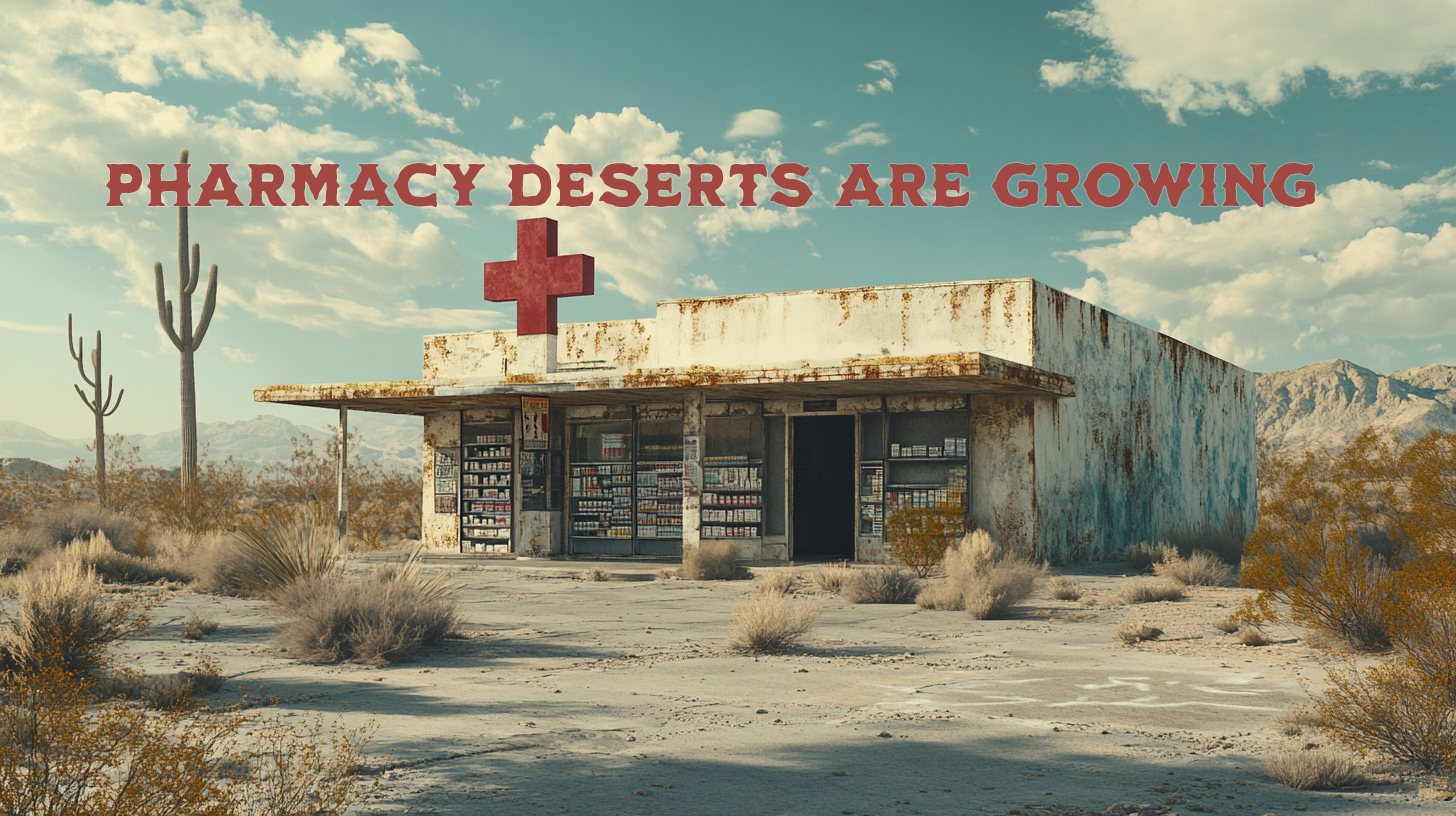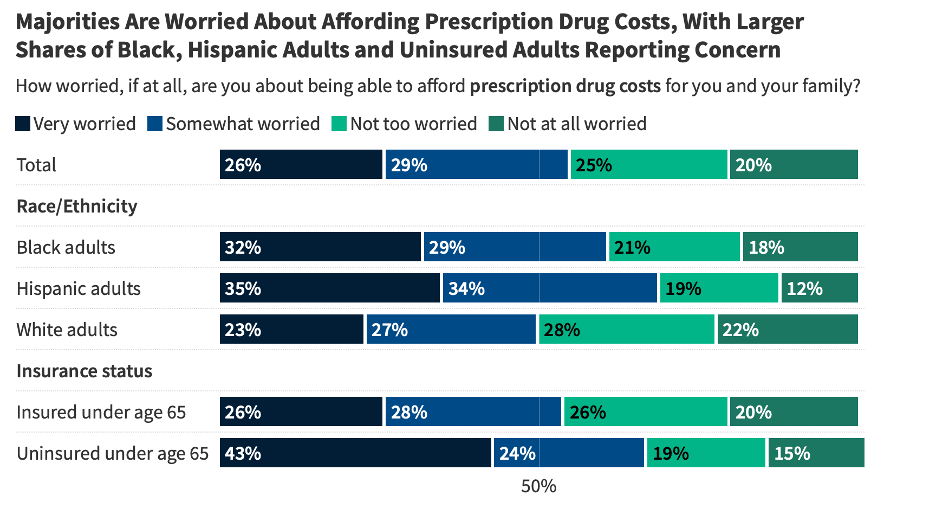The cost of a new drug treatment has soared into the stratosphere, dramatically impacting consumers. These findings came out of a recent study by researchers from the Harvard-affiliated Brigham and Women’s Hospital in Boston, published in the JAMA medical journal. According to the study, the median cost to buy a new drug in the U.S. cost $2,115 in 2008. By 2021, the cost had climbed to an astonishing $180,007. The rate of inflation in the drug market was well beyond the rates in other consumer categories, coming in at 20% annual inflation rate over the thirteen-year period.
Almost half, about 47%, of drugs introduced since 2020 were priced at a whopping $150,000 for one year of treatment. From 2008 to 2013, only 9% of new drugs cost that much. The cost to purchase new drugs is having a negative impact on consumers, as the study found that even when the researchers adjusted for factors like manufacturer discounts, the cost was still high.
The researchers concluded, “The trend in prices for new drugs outpaces growth in prices for other health care services.” The study analyzed the annual list prices of 548 drugs launched between 2008 and 2021. Discounted prices were based on a smaller subset of 395 drugs. The price data was gathered from SSR Health research firm.
The findings raise several questions about how research and development costs are passed down to consumers. If the cost to bring a drug to market was less expensive, would that make new treatments more accessible to patients that need it? The rise in annual incomes certainly does not lead anyone to believe that the market can bear this cost. So, if only Americans with means can afford new treatments, then the cost per treatment will remain high, and thus, out of reach for the vast majority.
Health tech companies are trying to meet the affordability gap. If you’re concerned about prescription drug prices, RazorMetrics offers an AI-driven solution that helps payors and self-funded employers save 3 to 8% on prescription drug prices. And best of all, it’s hassle-free.




